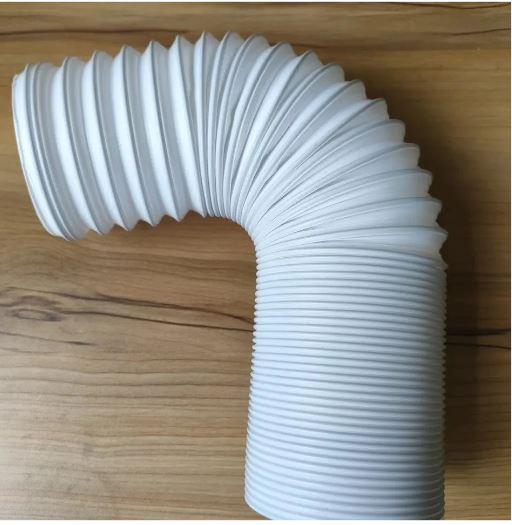pvc air hose vs rubber
PVC Air Hose vs. Rubber A Comprehensive Comparison
When it comes to selecting the right air hose for your needs, two of the most common materials you'll encounter are PVC (Polyvinyl Chloride) and rubber. Both materials have their unique benefits and drawbacks, making them suited for different applications. In this article, we'll delve into the characteristics of both PVC and rubber air hoses, helping you understand which type may be the best fit for your projects.
Material Properties
PVC Air Hose PVC air hoses are made from a synthetic plastic polymer that is known for its flexibility, lightweight nature, and chemical resistance. They are often manufactured in bright colors and are resistant to abrasion, making them popular in various applications where durability and visibility are essential. PVC air hoses can also withstand a decent range of temperatures, typically from -10 to 60 degrees Celsius (14 to 140 degrees Fahrenheit).
Rubber Air Hose Rubber air hoses, on the other hand, are crafted from natural or synthetic rubber. These hoses are prized for their excellent elasticity and bending capabilities, which allows them to perform well even in harsh conditions. Rubber hoses tend to have a higher tolerance for extreme temperatures, withstanding both cold and hot environments significantly better than PVC. Furthermore, rubber air hoses tend to be more resilient to wear and tear, making them ideal for heavy-duty applications.
Applications
Due to their unique properties, PVC and rubber air hoses are preferred in different environments
- PVC Air Hose Applications PVC hoses are suitable for light-duty tasks. They are commonly used in applications like air compressors for home workshops, pneumatic tools, and inflating tires. Because they are lighter and easier to handle, they are favored by hobbyists and for projects that don't involve extreme conditions.
- Rubber Air Hose Applications Rubber hoses are typically favored in industrial environments, construction sites, and heavy machinery applications. They excel in situations that require high-pressure handling and extreme durability, such as in mining, automotive services, and manufacturing processes where exposure to harsh chemicals and high temperatures is common. Their sturdiness and flexibility make them a reliable choice for demanding tasks.
pvc air hose vs rubber

Cost Considerations
One significant factor when choosing between PVC and rubber air hoses is the cost. PVC hoses are generally more affordable, making them a great choice for budget-conscious individuals and businesses. They provide good performance for less demanding applications without breaking the bank.
Rubber air hoses, while more expensive, often represent a worthwhile investment for those needing a durable solution that can withstand tough conditions. Although the upfront cost is higher, their longevity and resilience can lead to cost savings over time, as they do not need to be replaced as frequently as PVC hoses.
Weight and Flexibility
PVC air hoses are generally lighter than rubber hoses, making them easier to transport and manage, especially over long distances or during prolonged use. Their flexibility allows them to be coiled easily without kinking, which is an advantage for users who need to store or transport their hoses.
Rubber hoses may be heavier, but their robust construction provides exceptional resistance to kinks and bends, making them a reliable choice in rugged environments. Their ability to maintain integrity even when exposed to challenging circumstances is a key selling point for many industrial users.
Conclusion
In conclusion, the choice between PVC and rubber air hoses largely depends on the intended application and working conditions. For light, non-demanding tasks, PVC air hoses may provide an adequate solution without excessive costs. However, for heavy-duty applications requiring reliability and durability, rubber air hoses are likely the better investment in the long run. Consider your specific needs carefully, including cost, weight, flexibility, and environmental factors, to make the best decision for your air supply requirements. Whatever your choice, understanding the strengths and weaknesses of each material will help you effectively manage your pneumatic tasks.
-
Top Quality Oxy Acetylene Hoses for Sale Fit for Welding DemandsNewsJul.28,2025
-
The Future of Pneumatic Air Tubes in IndustryNewsJul.28,2025
-
Superior and Reliable LPG Hose Pipe Solutions for Every NeedNewsJul.28,2025
-
Exceptionally Durable and Versatile Premium Braided PVC TubingNewsJul.28,2025
-
Best Adapters for Connecting Garden Hose to PVC Pipe ConnectionsNewsJul.28,2025
-
The Essential Role of LPG Hoses in Safe and Efficient Gas DistributionNewsJul.16,2025














